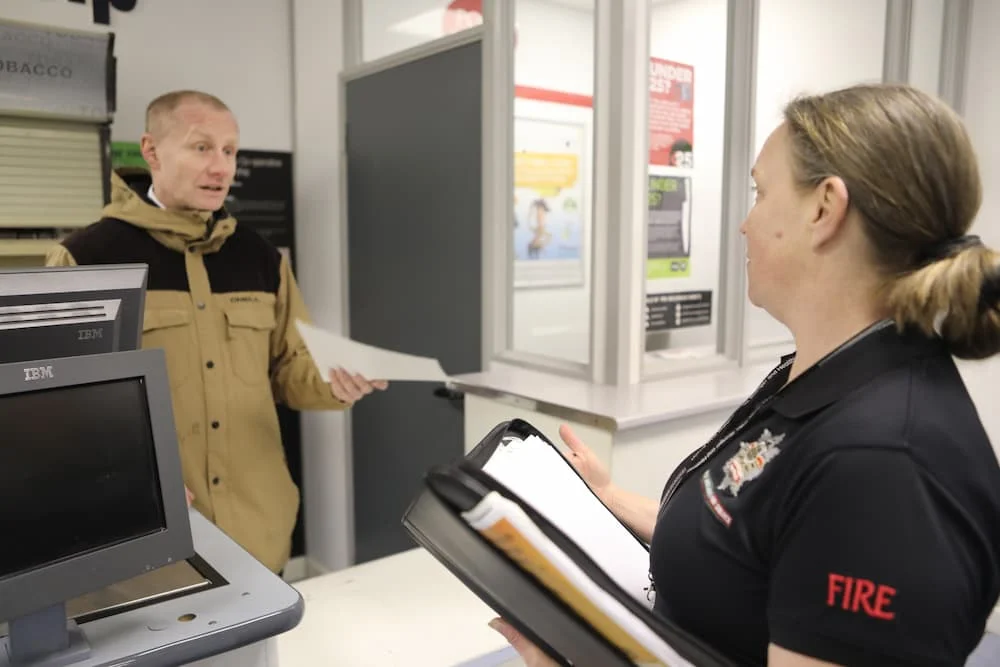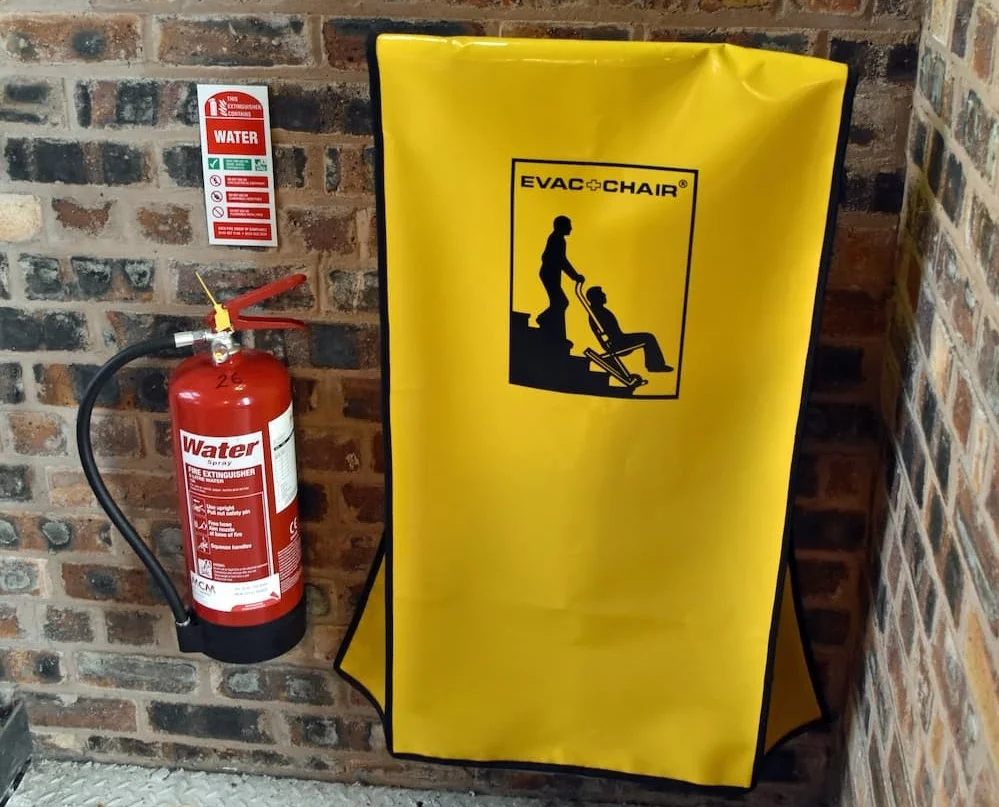Fire Risk Assessment guidance
Fire Risk Assessments are a legal requirement for workplaces. We can’t complete a fire risk assessment for you, but we can provide advice and guidance.
Who's responsible?
You’re responsible for fire safety in business or other non-domestic premises if you’re:
- an employer
- the owner
- the landlord
- an occupier
- anyone else with control of the premises, eg a facilities manager, building manager, managing agent or risk assessor
You’re known as the ‘responsible person’. If there’s more than one responsible person, you must work together to meet your responsibilities.
The Regulatory Reform (Fire Safety) Order 2005 (FSO) also applies if you have paying guests, eg if you run a bed and breakfast or guesthouse, or let a self-catering property.

Carrying out your inspection
Carrying out the assessment
- identify the fire hazards
- identify people at risk
- evaluate, remove or reduce the risks
- record your findings, prepare an emergency plan and provide training
- review and update the fire risk assessment regularly.
This government fire safety risk assessment chart gives more detailed information about these steps.
Keeping your fire risk assessment updated
In addition to doing an initial fire risk assessment, it's important that if there are any changes to your premises that may impact your business, property or staff, a further assessment is done to take into account changes in risk.
You’ll need to consider:
- emergency routes and exits
- fire detection and warning systems
- firefighting equipment
- the removal or safe storage of dangerous substances
- an emergency fire evacuation plan
- the needs of vulnerable people, eg the elderly, young children or those with disabilities
- providing information to employees and other people on the premises
- staff fire safety training.
Specialist guides are available for different types of premises – jump to Fire Safety and Risk Assessment Guides see them.
Equipment, drills and training
Fire detection and warning systems
You must have a fire detection and warning system. You may need different types of detectors, depending on the type of building and the work carried out in it.
Fire-fighting equipment
The types of equipment you need depend on your business premises. You’ll need to have any equipment properly installed, tested and maintained and train your staff to use it if necessary.
Maintenance and testing
You must carry out regular checks to make sure that:
- all fire alarm systems are working
- the emergency lighting is working
- you record any faults in systems and equipment
- all escape routes are clear and the floor is in good condition
- all fire escapes can be opened easily
- automatic fire doors close correctly
- fire exit signs are in the right place
You need to train new staff when they start work and tell all employees about any new fire risks.
You should carry out at least one fire drill per year and record the results. You must keep the results as part of your fire safety and evacuation plan.


Evacuation and mobility
Evacuation plans
Your plan must show how you have:
- a clear passageway to all escape routes
- clearly marked escape routes that are as short and direct as possible
- enough exits and routes for all people to escape
- emergency doors that open easily
- emergency lighting where needed
- training for all employees to know and use the escape routes
- a safe meeting point for staff.
People with mobility needs
You should also make special arrangements for people with mobility needs, eg make sure there are people to help wheelchair users get downstairs if there’s a fire.
Enforcement, appeals and penalties
We visit premises to check the fire risk assessment and fire prevention measures are appropriate. Our fire safety officers will help you understand and comply with the rules.
We can also take action if we think your fire safety measures aren’t adequate. For example, we might issue an informal notice suggesting safety measures.
We could also give you a formal fire safety notice and tell you how to fix the problems described in the notice.
Alterations notice
You could get an alterations notice if your premises have high safety risks, or will have if the use of the premises changes.
Enforcement notice
You could get an enforcement notice if we find a serious risk that’s not being managed. It will say what improvements are needed and by when.
Prohibition notice
These take effect immediately and are issued if we think the fire risk is so great that access to your premises needs to be prohibited or restricted.
Appeals
You may be able to arrange an informal review by us if you disagree with the decision to issue a fire safety notice. You can also appeal to your local magistrates’ court within 21 days of receiving a notice.
In certain circumstances, you and West Midlands Fire Service can ask for a ‘determination’ from the Communities Secretary to resolve a dispute.
Fire Safety and Risk Assessment Guides
There are a range of guides for assisting with fire safety risk assessments and requirements in a variety of businesses premises types. You can find the different guides linked here.